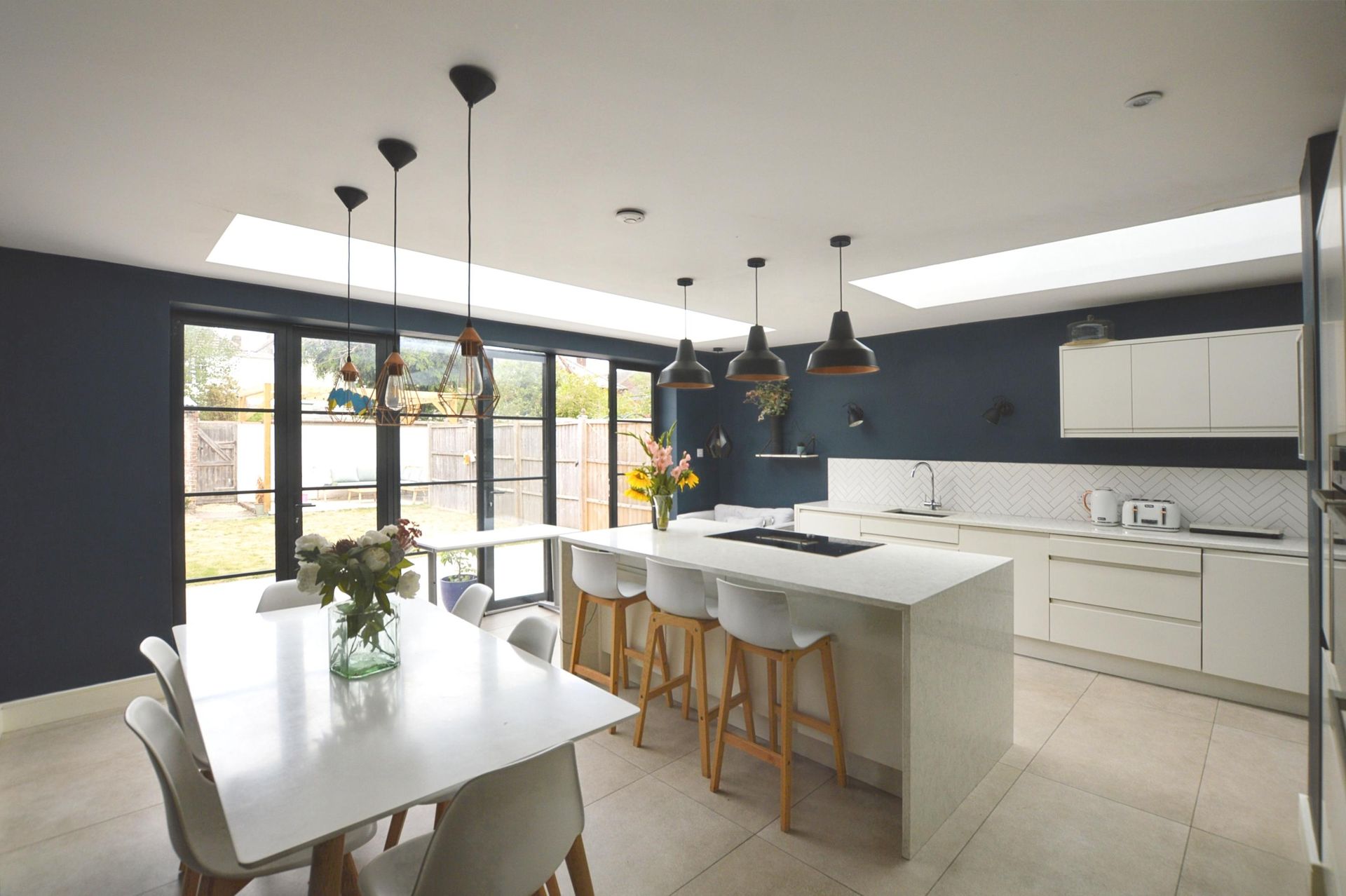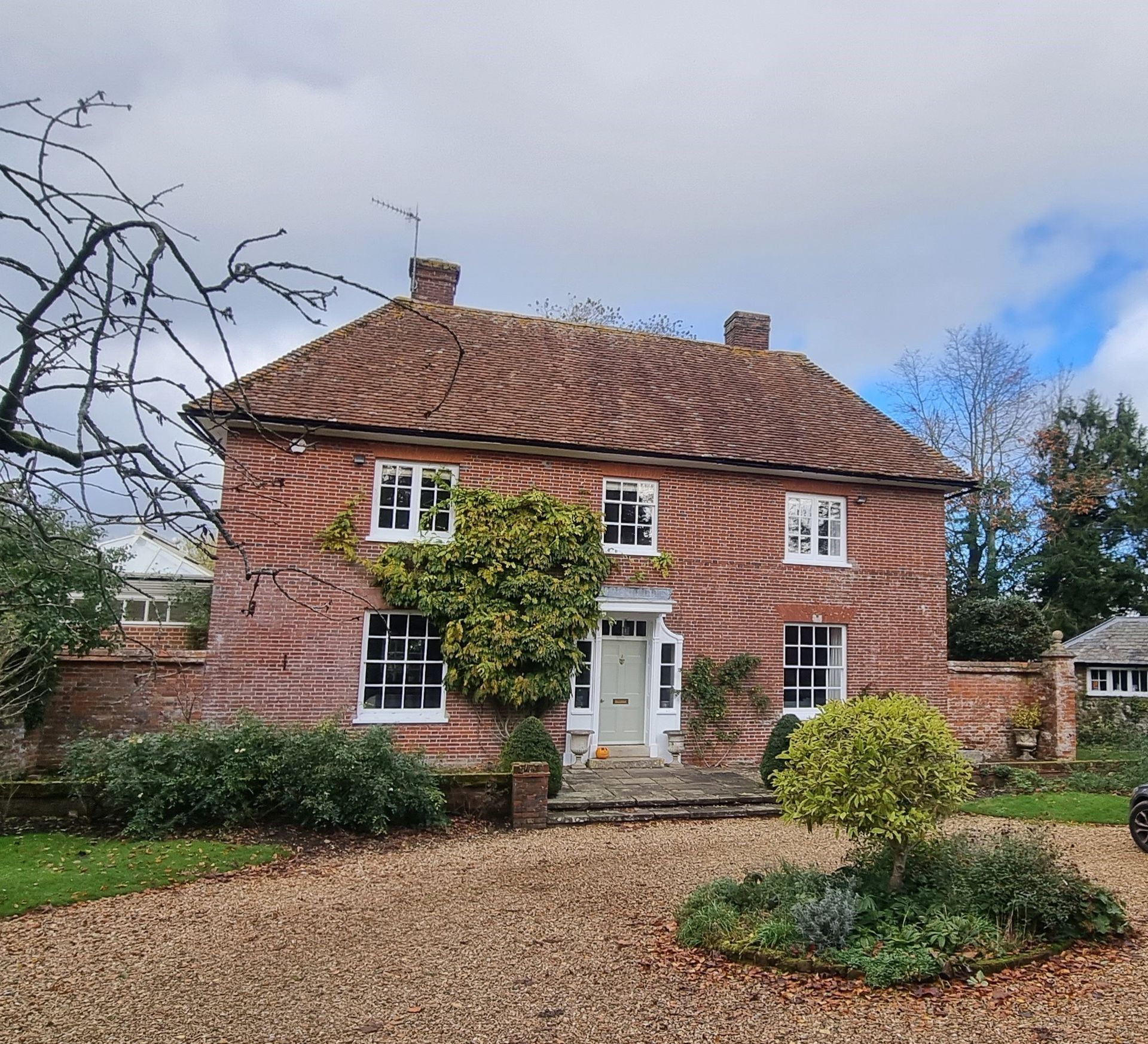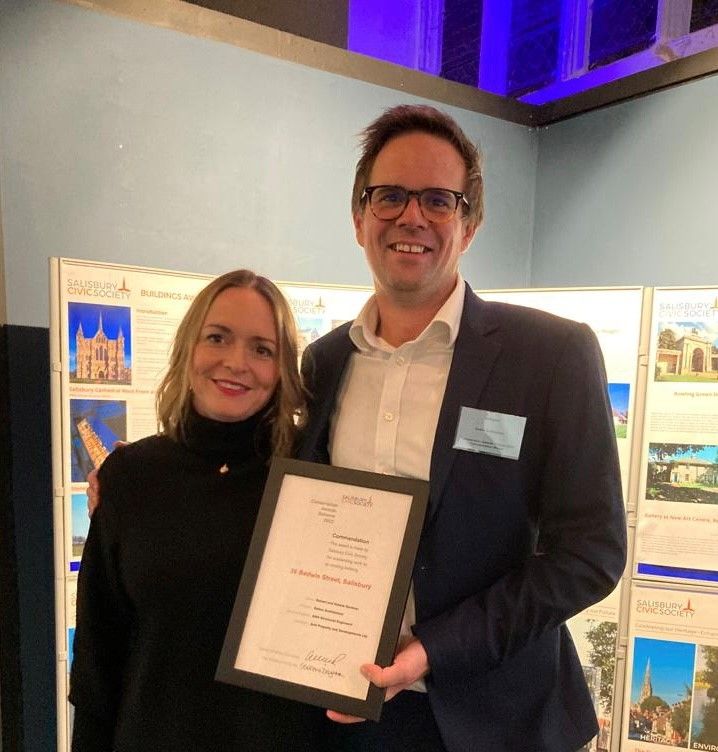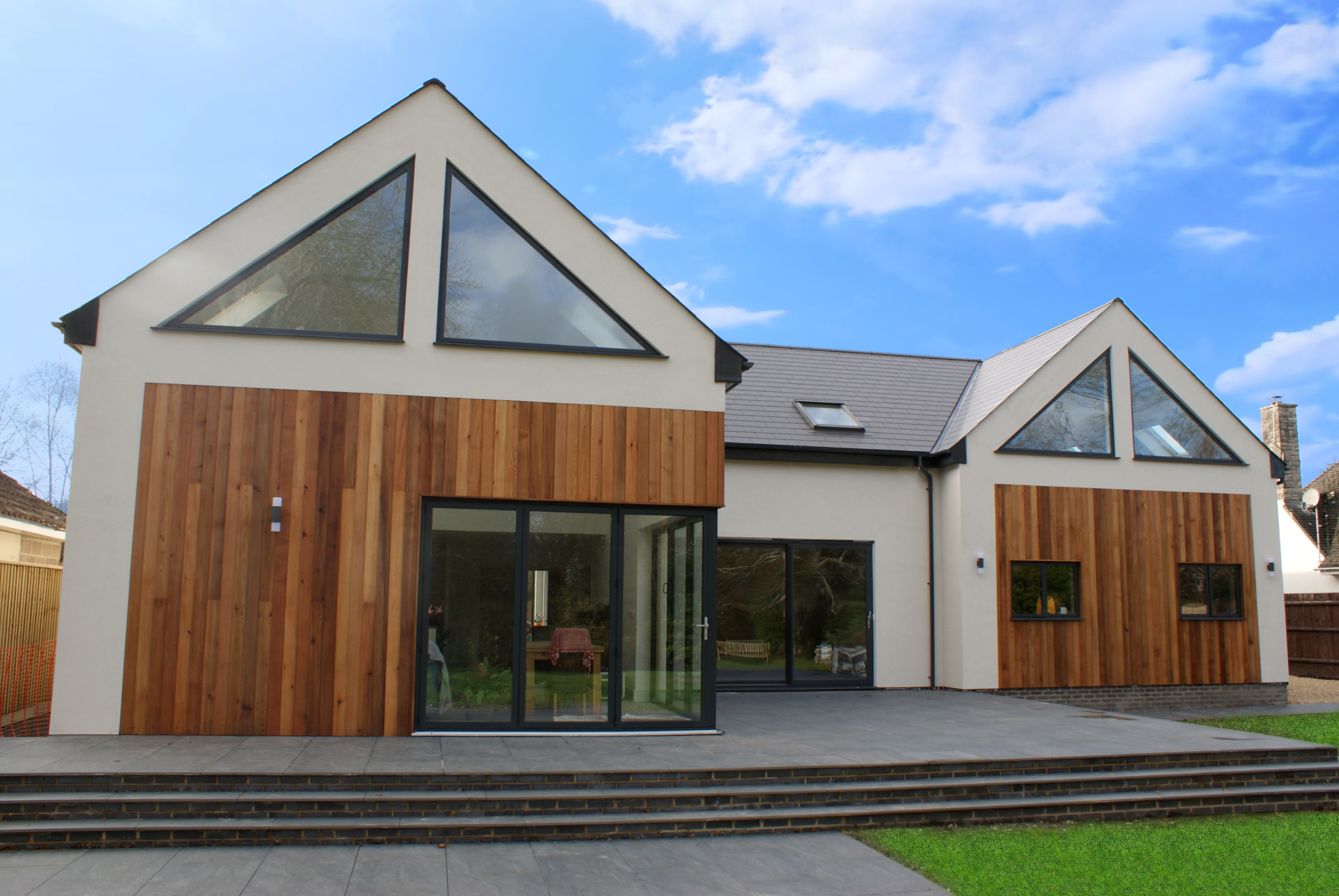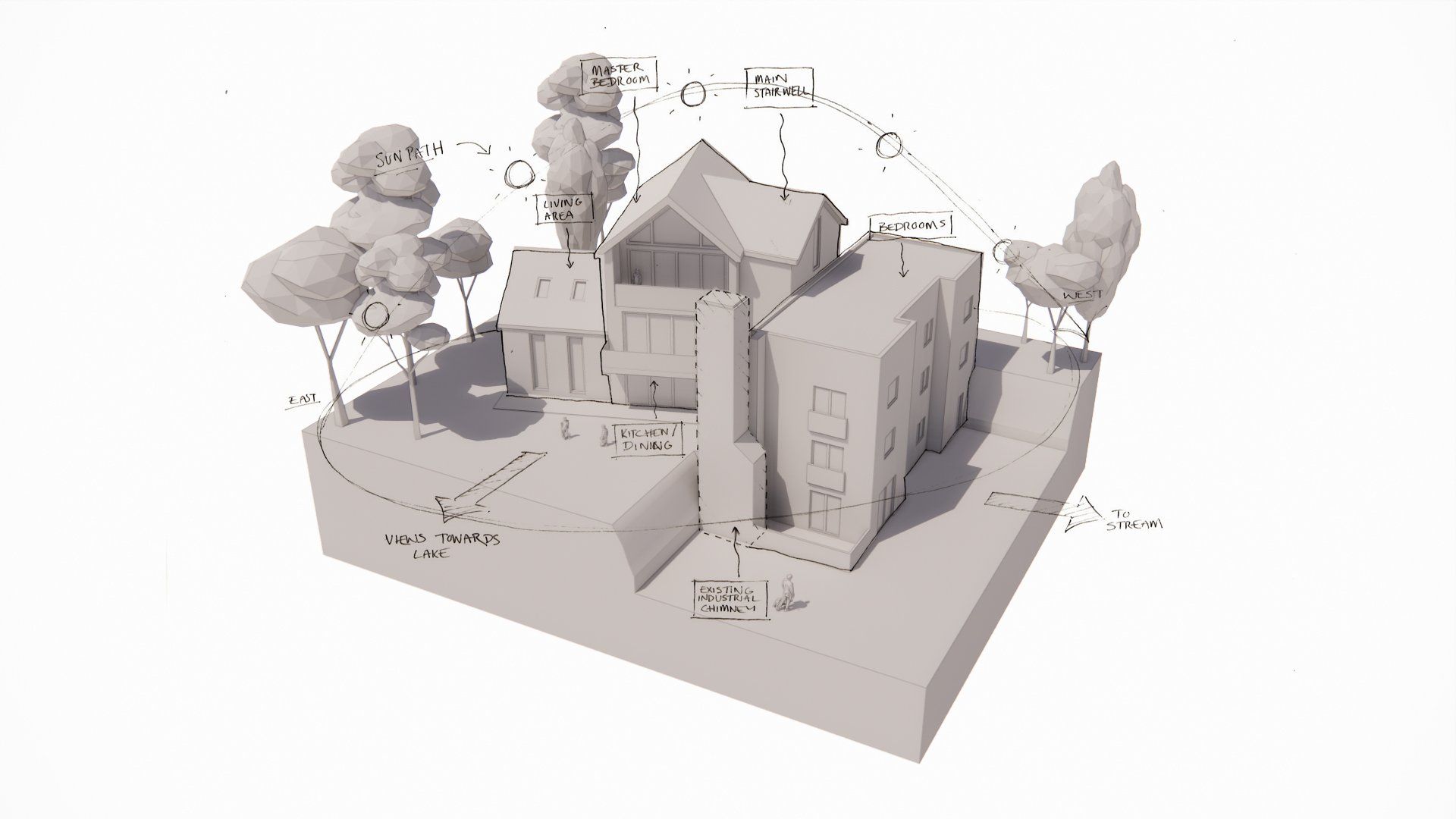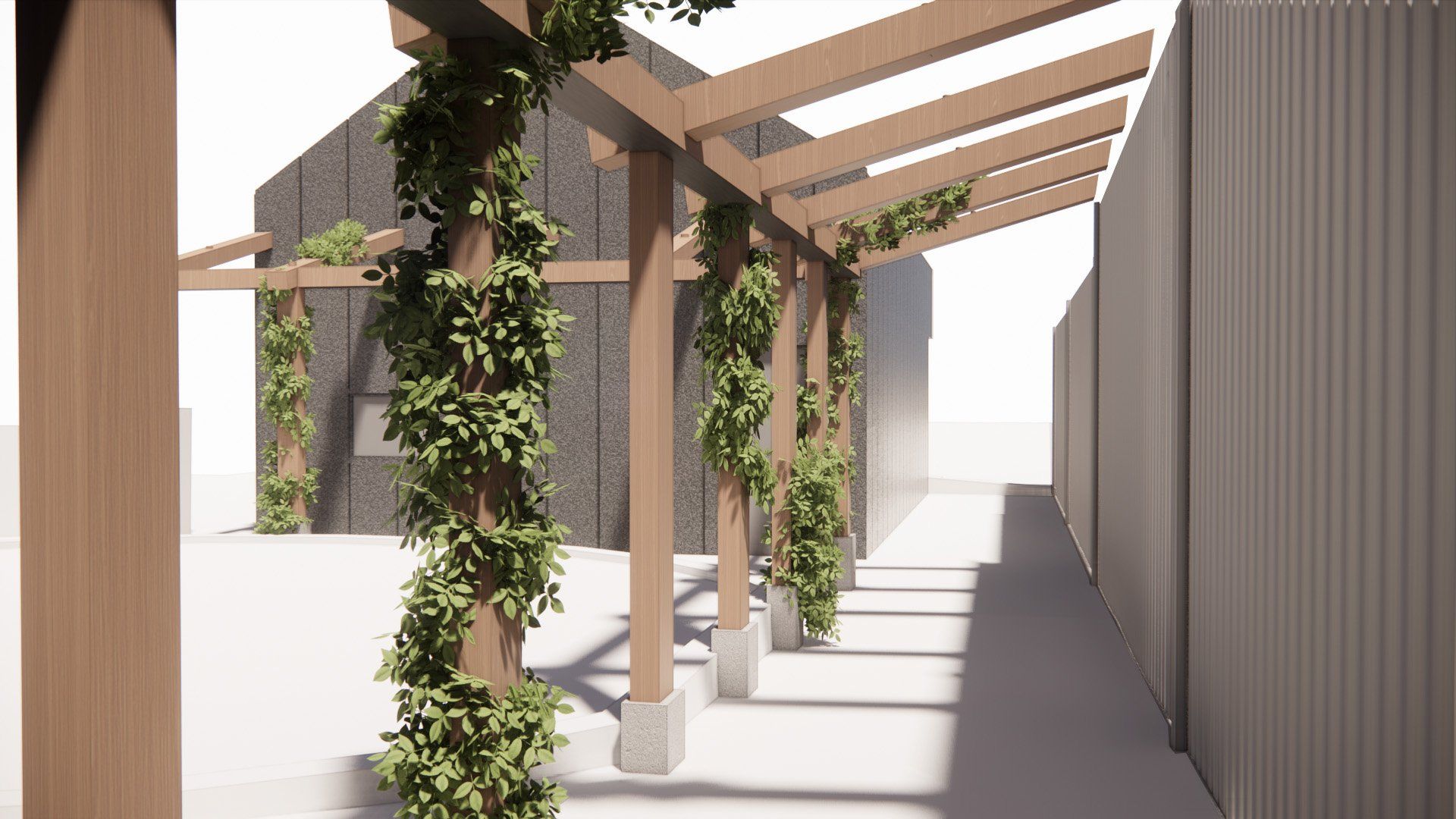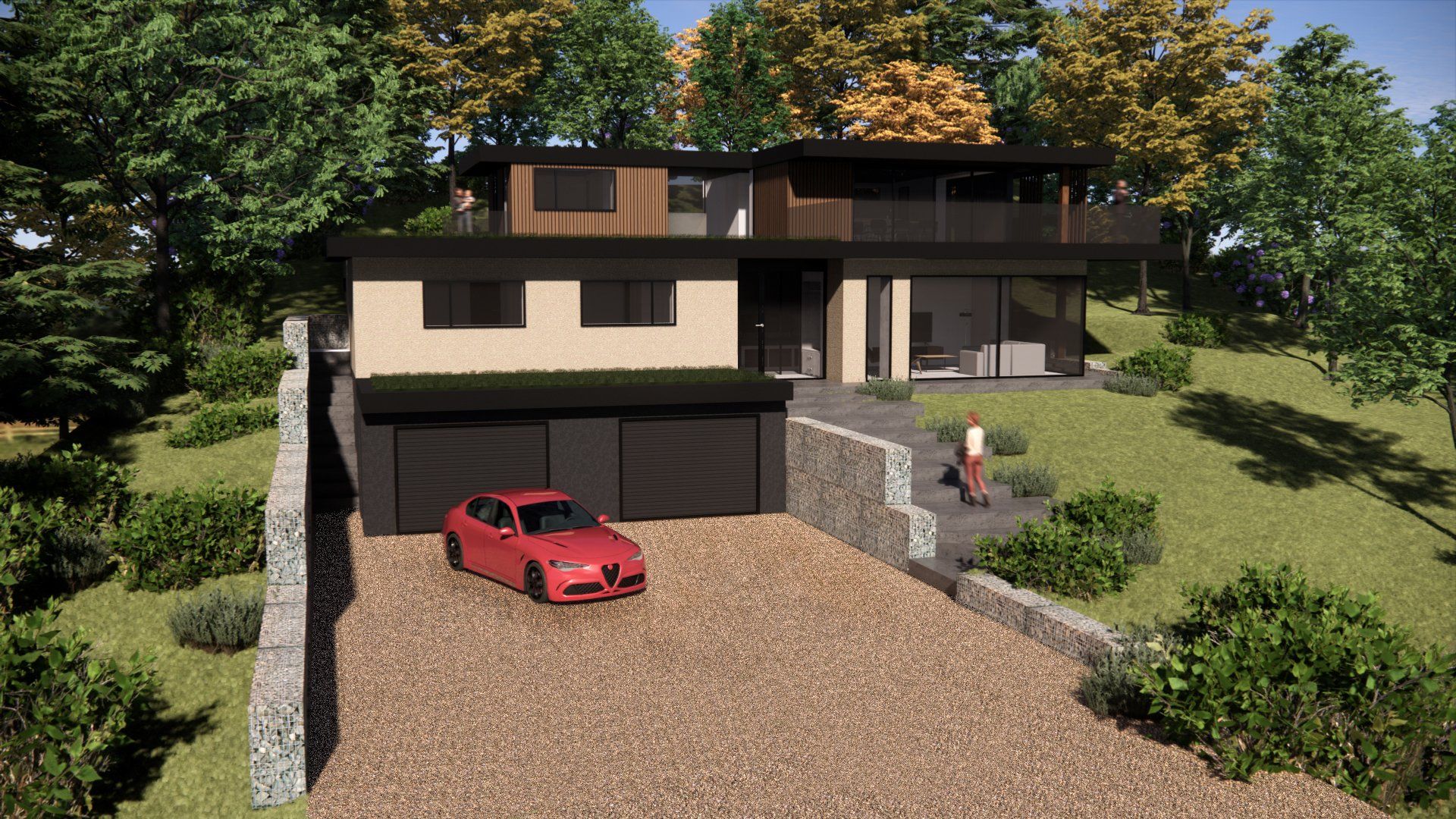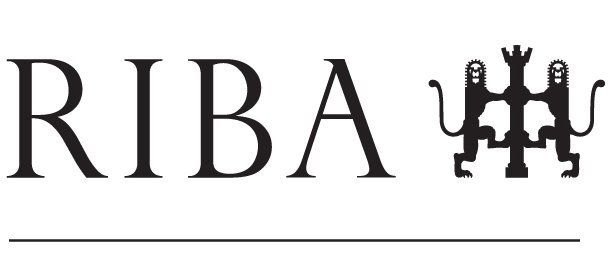WHAT IS THE RIBA PLAN OF WORKS?
RIBA PLAN OF WORK
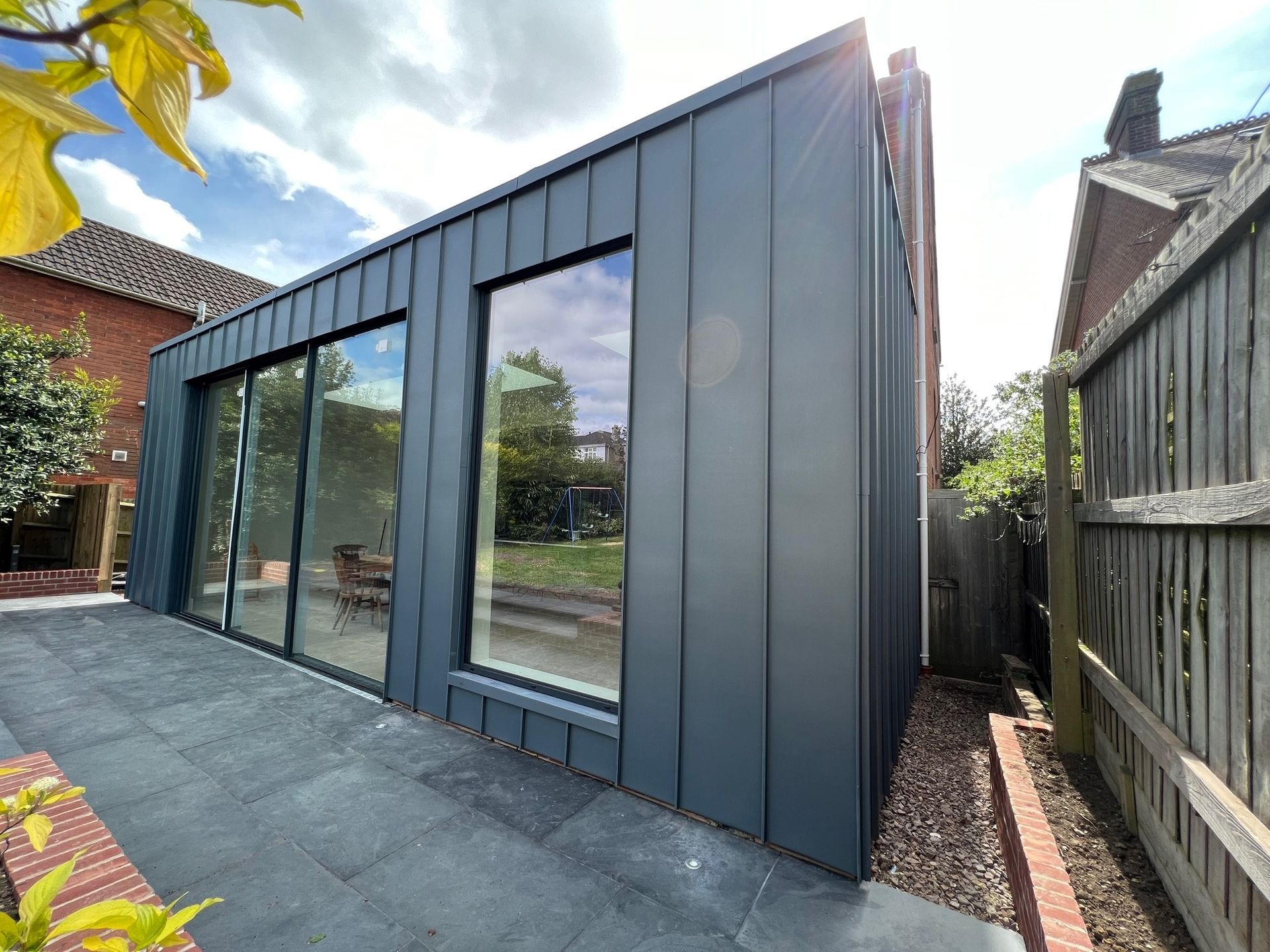
WHAT IS THE RIBA PLAN OF WORK?
‘The RIBA Plan of Work was initiated in 1963 to provide a framework for architects to use on projects with their clients, bringing greater clarity to the different stages of a project. It has evolved over the years to reflect changing trends in project approaches and has become an industry-wide tool’ – RIBA
Put simply, the RIBA Plan of Works provides the project team with a road map for consistency and gives clients essential guidance for undertaking a building project (be it their first or 100th).
The stages were overhauled in 2013, and the outcomes of these are set out briefly below together with a useful illustration from RIBA (at the bottom of the page) showing how the stages sit together.
STAGE 0 – STRATEGIC DEFINITION –determining the clients best means of achieving their goal.
STAGE 1 – PREPARATION AND BRIEF – developing and layering the detail of the project brief until approved by the client.
STAGE 2 – CONCEPT DESIGN – the beginning of the design process. Getting the design concept right to ensure that the look and feel is moving forward in line with the client’s vision, brief and budget.
STAGE 3 – DEVELOPED DESIGN – spatially coordinating the design before focus turns to preparing detailed information required for construction and manufacture. At this stage the design should be such that all but the most minor alterations to the design are ironed out before Stage 4, and to make sure that the planning application is based on the best possible information.
PLANNING
STAGE 4 – TECHNICAL DESIGN – putting together the information required to construct the building. (Tender).
STAGE 5 – CONSTRUCTION. There should be no design work other than responding to site queries in Stage 5. In most projects there will be some overlap with stages 4 and 5.
STAGE 6 – HANDOVER AND CLOSE OUT – by stage 6 the building will be in use and the focus will move to rectifying and defects and completing tasks required to conclude the building contract.
STAGE 7 – USE – this stage lasts for the duration of a building’s life. The work of the project team concludes with the closing of the building contract. If a client is considering what to do when a building no longer meets their needs, this essentially re-starts the process back at Stage 0.
If you are interested in finding out more about the RIBA Plan of Works check out this link to the RIBA website;
https://www.architecture.com/knowledge-and-resources/resources-landing-page/riba-plan-of-work

